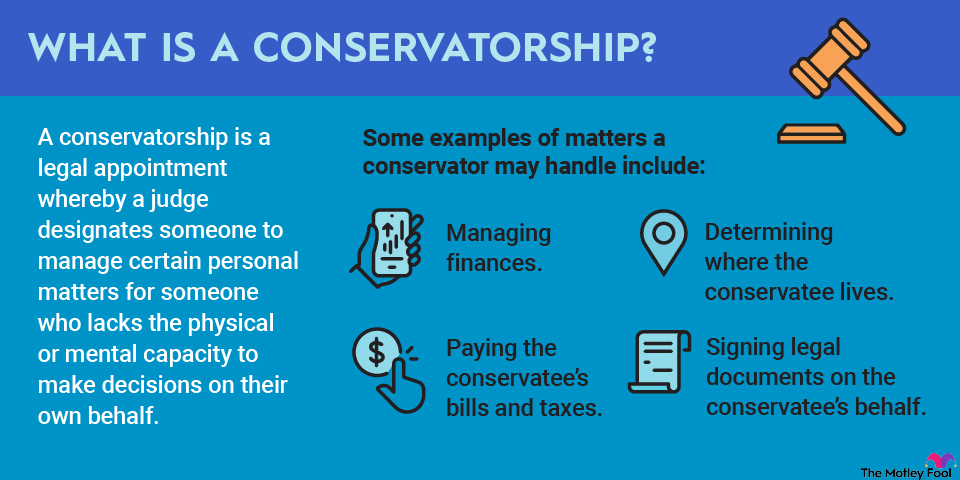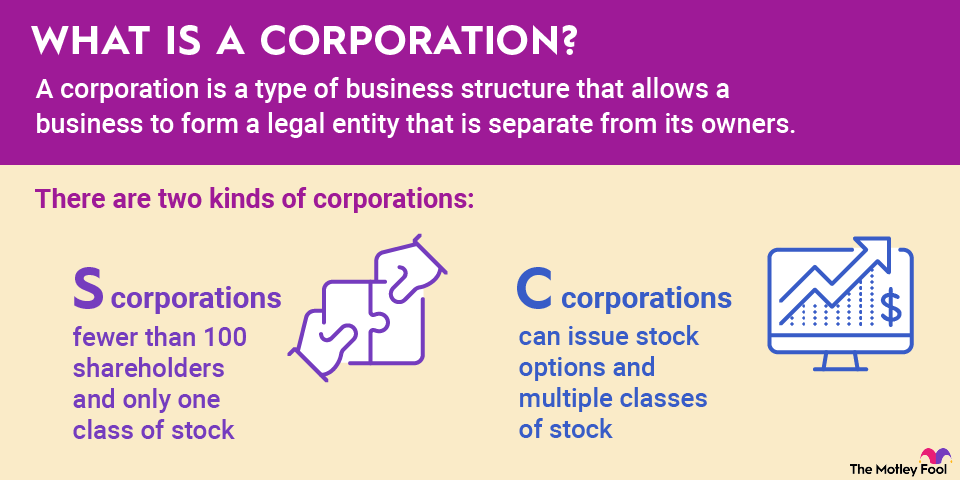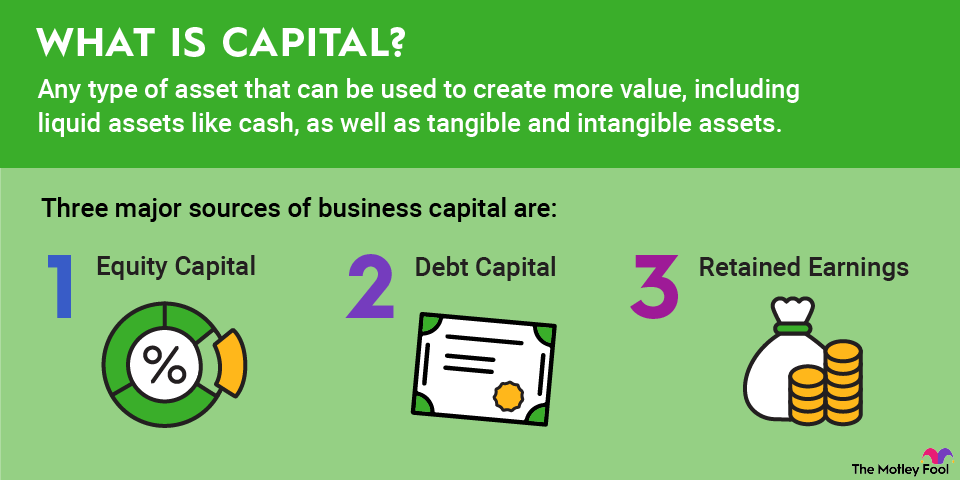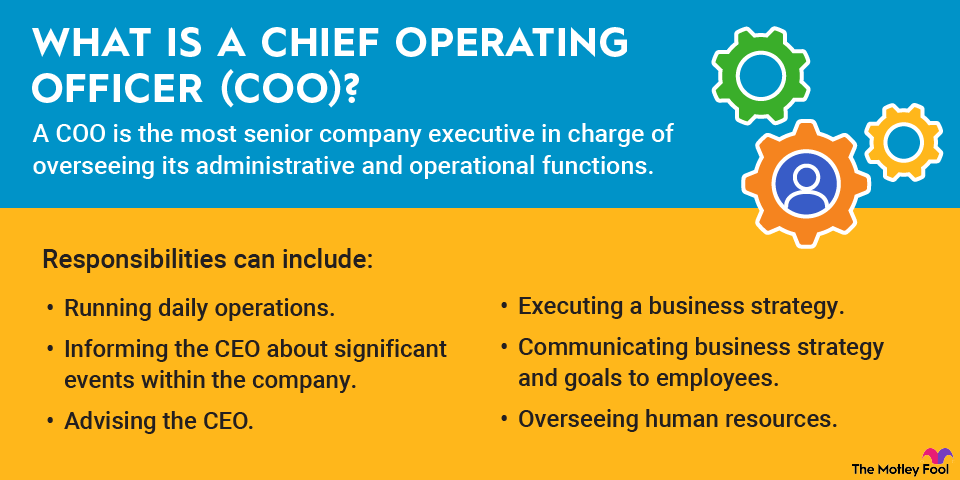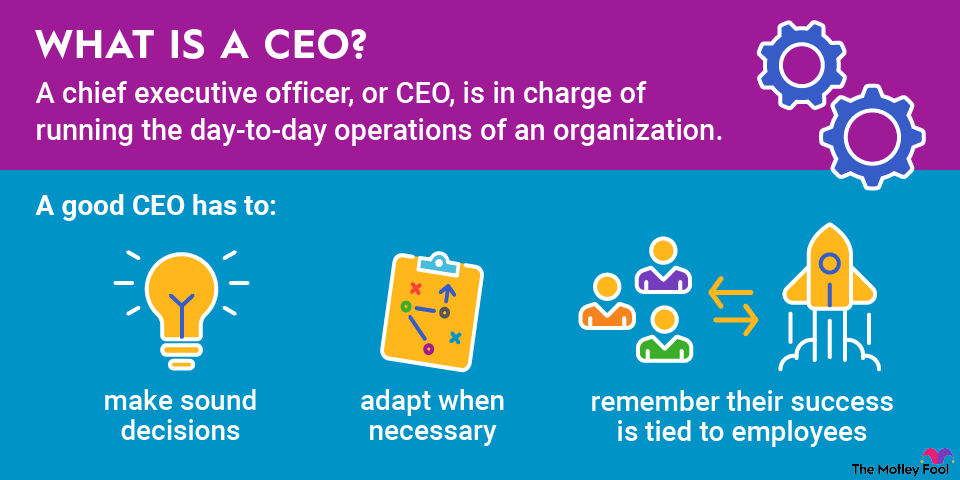Clinical development phases are stages that pharmaceutical drugs go through to ensure rigorous testing for safety and side effects before human use. In a world in which people have started becoming more skeptical of medicine and pharmaceuticals, clinical development phases ensure all procedures are followed from a regulatory perspective. But do they always work, and are they definitely necessary? Let’s go through what they are, how they work, and why it matters even more as we advance technologically as a species.
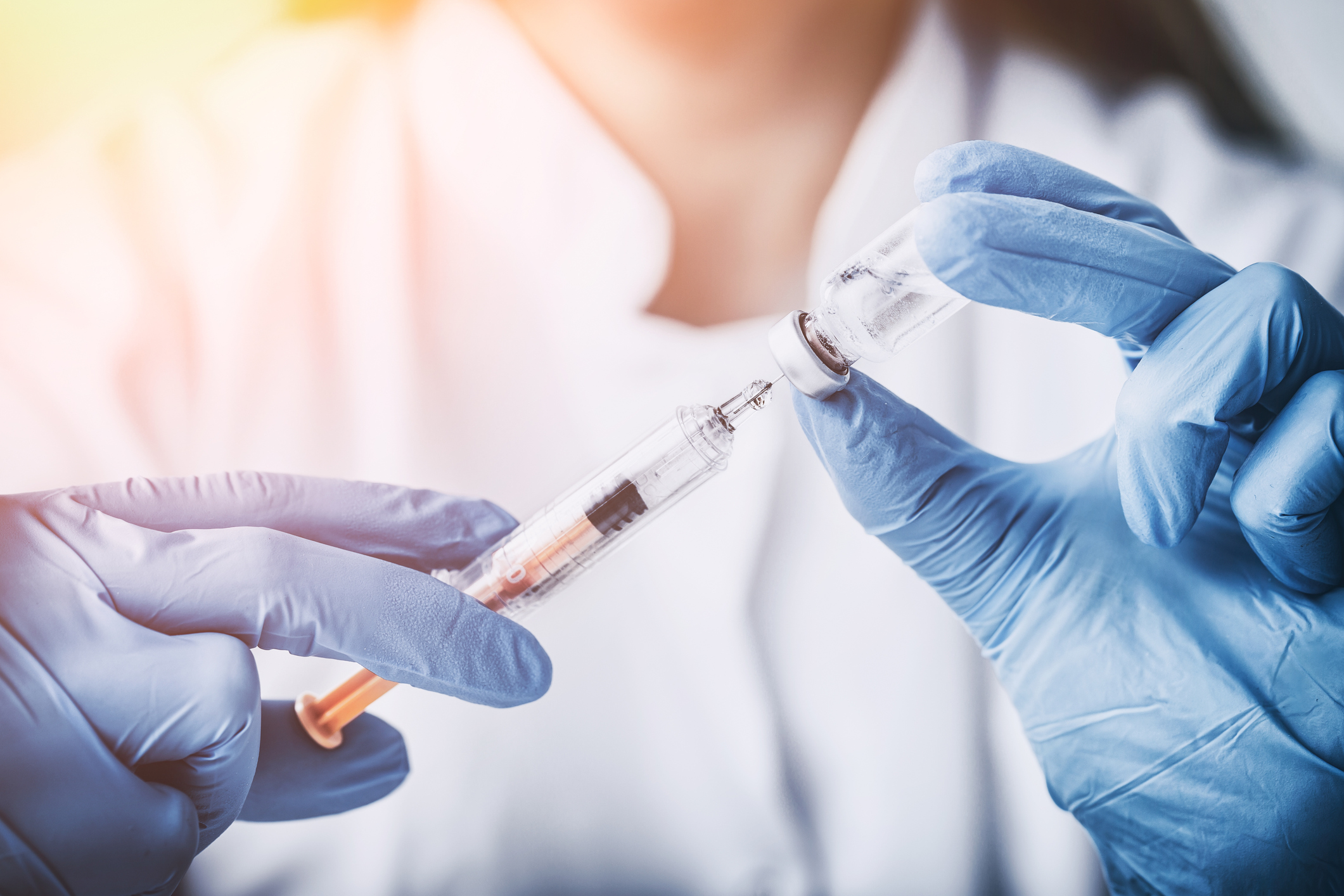
Understanding the clinical development phases
It’s important to note that there are a couple of phases before humans are involved in clinical trials. Before human trials begin, there's a preclinical phase, where researchers test the treatment in labs and on animals to evaluate safety and biological activity. If those results are promising, the therapy moves into four clinical phases: phase 1, phase 2, phase 3, and phase 4.
Phase 1
Phase 1 focuses on safety and is the most important phase to get off the ground. A small group of healthy volunteers (usually 20–100 people) receives the drug to determine safe dosage ranges and spot any side effects.
Phase 2
Phase 2 looks at effectiveness. Here, researchers test the drug on a larger group (100–300 people) who actually have the disease or condition. This phase helps confirm the treatment works and fine-tunes the dosage.
Phase 3
Phase 3 is where things scale up, and thousands of patients across multiple locations receive the drug. This phase compares the new treatment to existing options and monitors side effects across a larger population. This is often the final step before regulatory approval.
Phase 4
Phase 4 happens after the drug hits the market. Even after approval, ongoing studies track long-term effects, rare side effects, and overall performance in the general population.
Why clinical development phases matter
Pharmaceutical companies don’t necessarily like clinical phases, as, according to the Congressional Budget Office, it can cost up to $2 billion and take more than a decade from concept to approval. The main role of clinical phases is to protect patients, which also helps reduce risk and improve the chances of successful treatment. Without these stages, harmful or ineffective drugs could hit the market. Thalidomide, for example, was primarily used in Europe in the early 1960s, causing birth defects when taken during pregnancy. Cases like that helped lead to today’s stricter testing requirements.
Each phase helps to build trust from different parties in the underlying science behind the treatment or medicine. Regulators, doctors, and patients all rely on this framework to ensure treatments actually deliver on their promises. Pharmaceutical companies also depend on these results to gain patents, attract investors, and price their products appropriately. Remember: For pharmaceutical companies, government approval can be the difference between massive profits and billion-dollar write-downs. Mastering the clinical phase process is an absolute must.
How clinical development phases affect investors, patients, and the public
For investors, understanding where a drug sits in the clinical pipeline can guide decision-making. A biotech company announcing strong phase 2 results can see its stock price jump, especially if it’s targeting a disease with few treatment options. But is it risk-free? Absolutely not. If a drug fails in phase 3, the company’s value could plummet overnight. Patients and caregivers should also pay attention. If a treatment is still in phase 1, it’s far off from being available. But if it’s wrapping up phase 3, there may be access through expanded-use programs or clinical trials.
Healthcare providers rely on each phase’s data to determine which treatments to recommend, how to prescribe them, and which side effects to watch for. So when a doctor hesitates to recommend a brand-new drug, it’s often because they’re waiting for more data from later phases.
